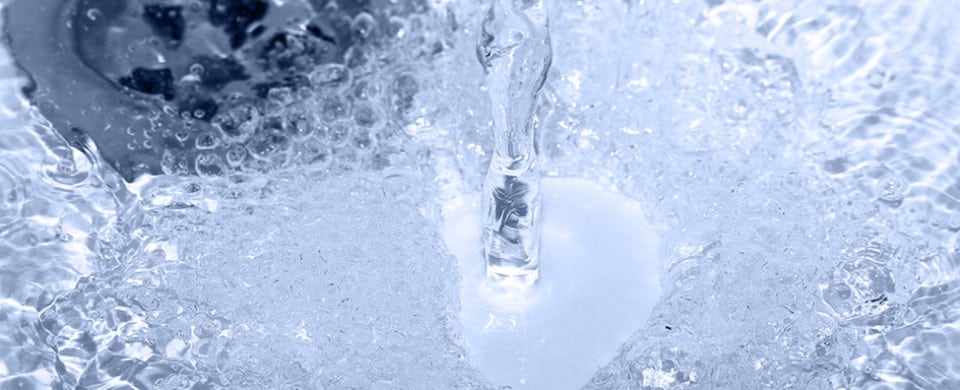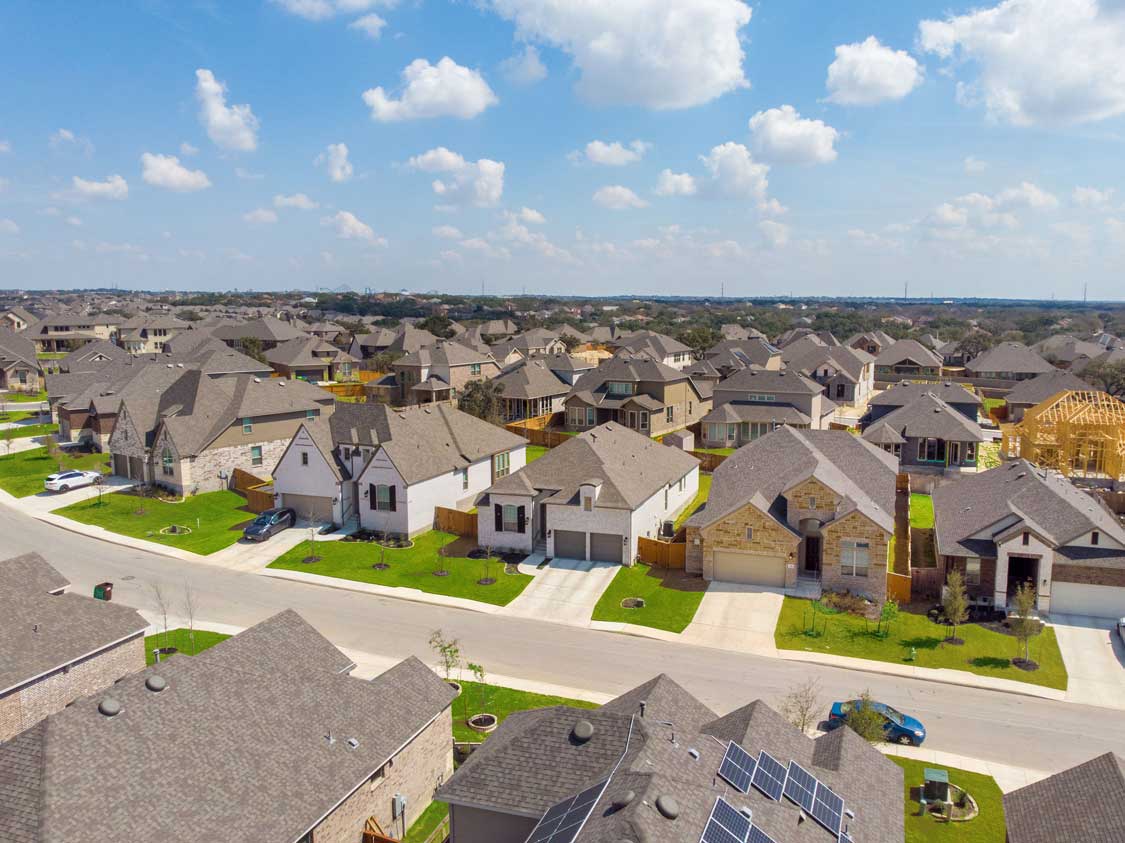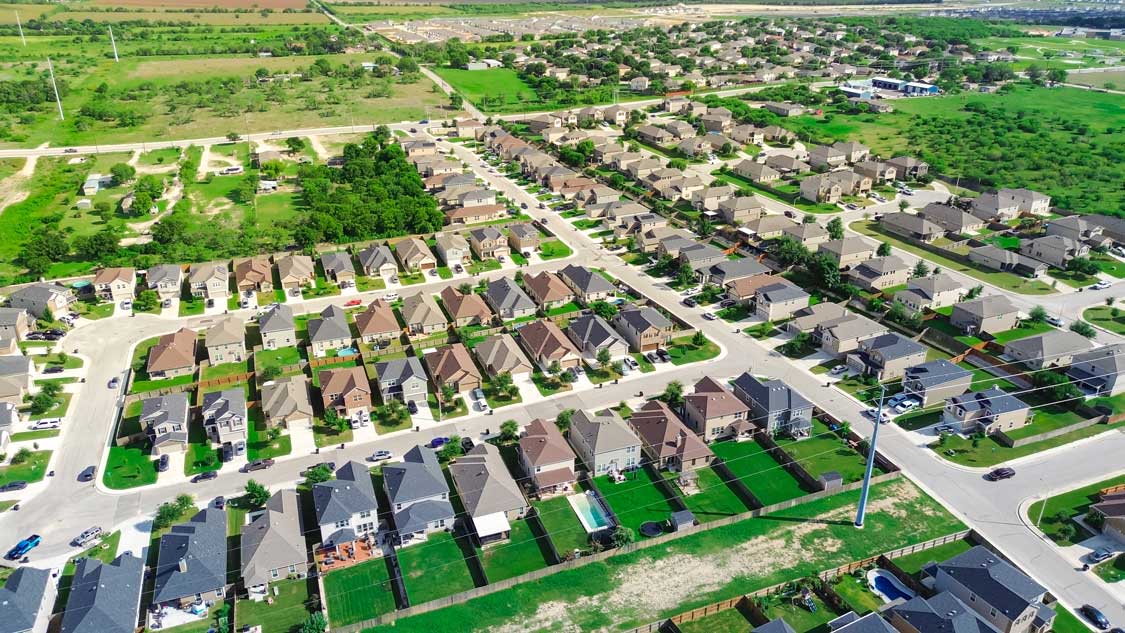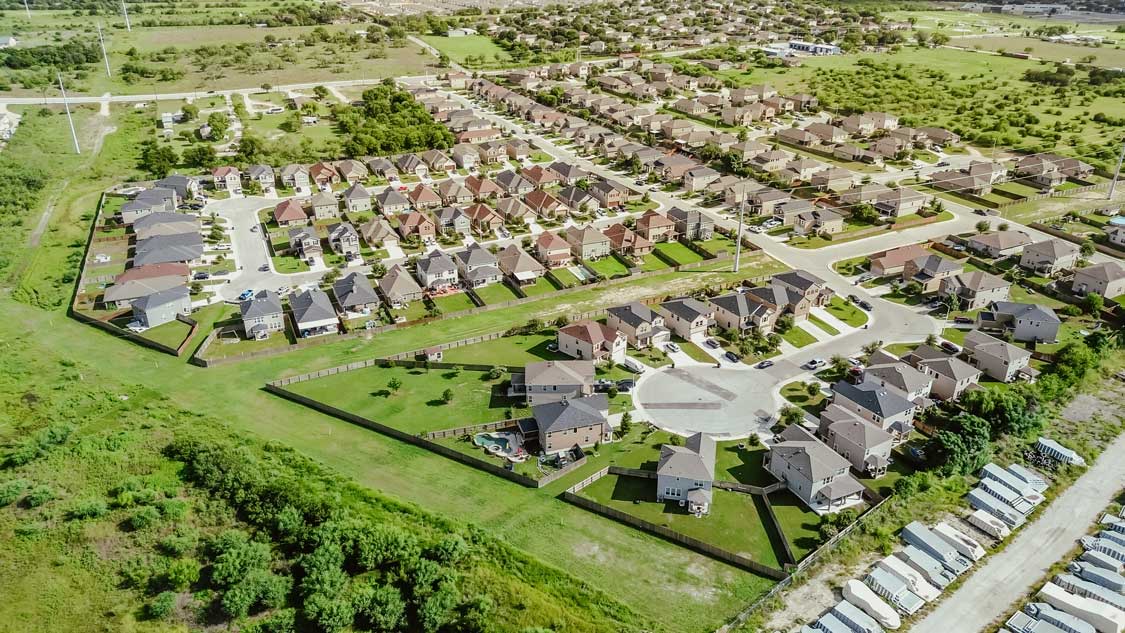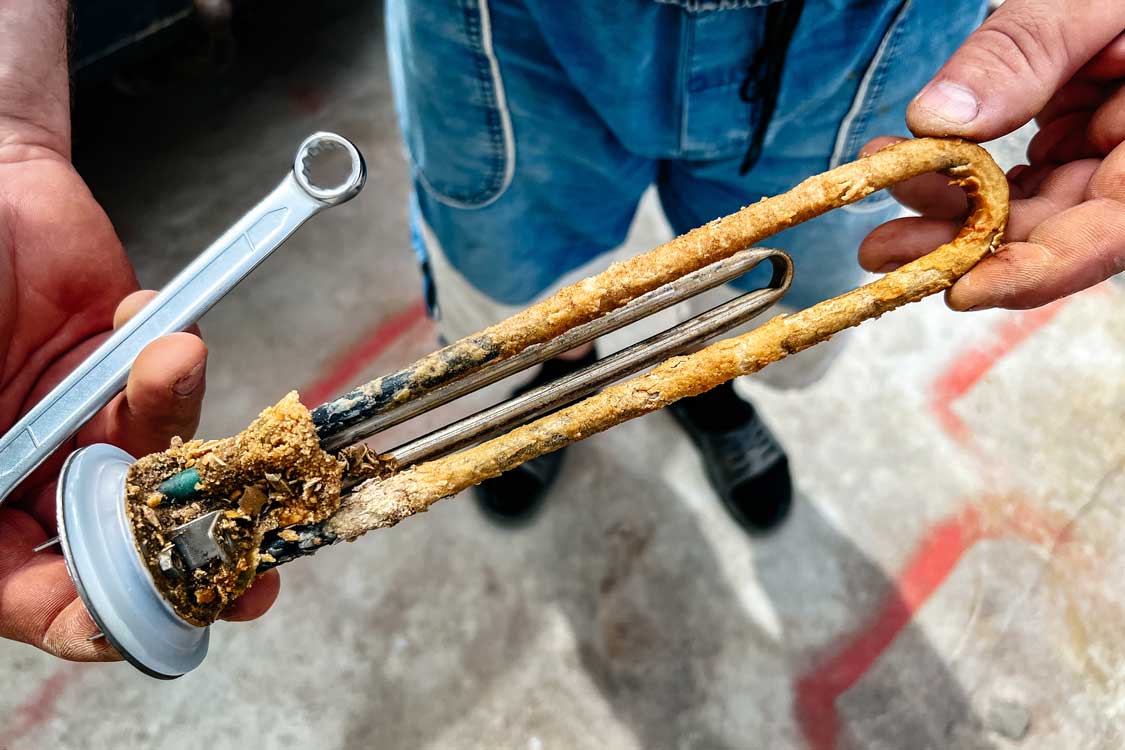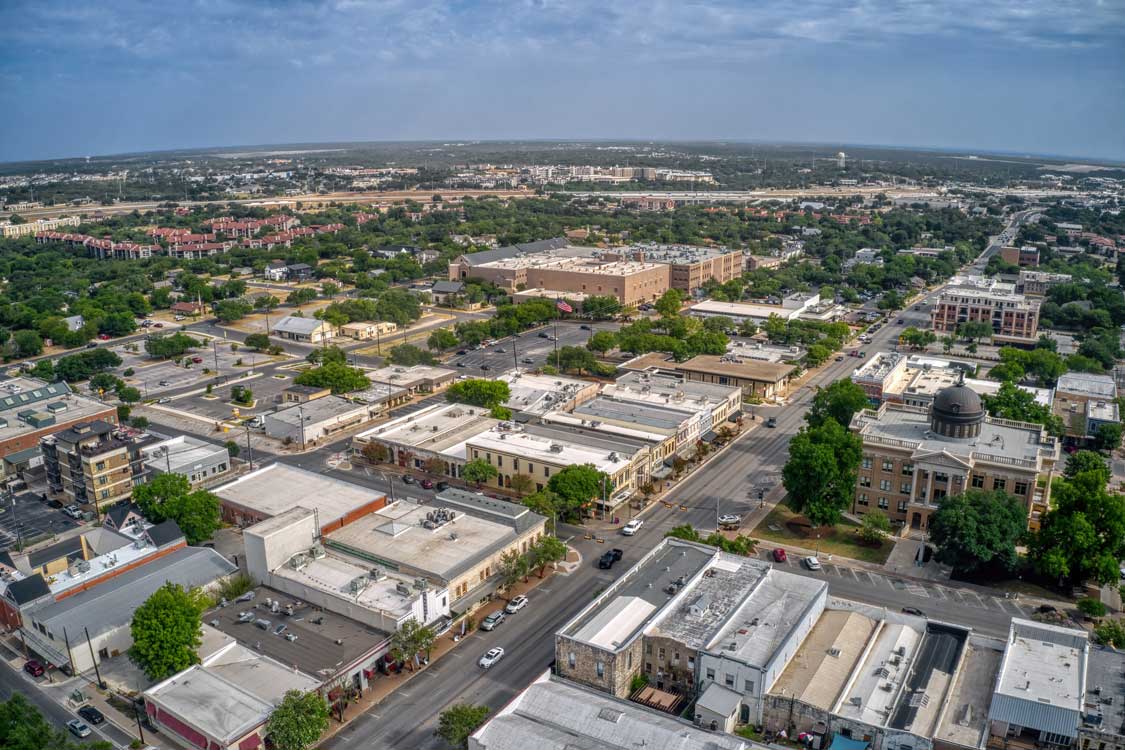Lets Talk Water Water Conservation is of great interest to me right now. If it is of interest to you, read on. I wanted to throw a few things out there that might be able to help you. For starters these are the COA Water charges per 1000 gallon. VOLUME UNIT CHARGES: ALL VOLUMES UNIT COST PER 1,000 GALLONS
| INSIDE | OUTSIDE | |
| CITY | CITY | |
| Single-Family | ||
| 0 – 2,000 Gallons | $0.98 | $0.98 |
| 2,000 – 9,000 Gallons | 2.59 | 2.59 |
| 9,001 – 15,000 Gallons | 4.75 | 4.75 |
| 15,001 – over Gallons | 8.50 | 8.50 |
Depending on what calculator you use the average family of four will use between 8,000-12,000 gallons per month. I know that seems impossible, but that’s the way it is. Now, throw a sprinkler system, a swimming pool, an extra kid or two, and come summertime, 15,000 gallons or more becomes a realistic number. Before you go throwing stones, I have yet to meet the customer that builds a house that set out to use a swimming pool full of water every month. I think we can all agree that 15,000 gallons is a lot of water, and maybe if you are in that category we could look into some options that will keep that water bill down, and save some water. (Apparently the City of Austin isn’t too concerned unless you are over 25,000 gallons per month! keep reading) The toilet is one of the huge water wasters that I love to replace. Odds are that your toilets are crappy performers anyway. So why not replace your old clogger for a dual flush? The dual flush can save up to a thousand gallons per month. Here is a cool calculator that I used for my family of five. We are will have a savings of 5,915 gallons per year! That’s some serious water! That is around 500 Gallons per month. That’s a pretty good start in the right direction. How long does it take to get hot water to your bathroom, or kitchen? There is some of your water just going down the drain. It could easily be a gallon or more wasted while you wait for that hot water to show up.
If you are in a house that suffers from this Wait Forever malady, you could be losing up to 30 gallons per day. That is 10,950 gallons per year. Now, This is an extreme case. I think most families will probably fall into a 6,000 per year waster water due to a water heater that is too far away. A recirculating pump will solve this problem for you. Once you have a recirc system, you will find it hard to live any other way. That instant hot water is hard to beat. You will kick yourself for not having done it sooner. So there you are, just two solutions (toilets, and recirculating) that can easily save 10,000 gallons a year per family. That is a big deal. Here are a few more for you… Have any drips? FIX ‘UM! A steady drip per second adds up to 3,154 gallons per year. That’s just crazy. One drip 3000 gallons per year. Don’t forget those toilets. They can be invisible drippers. If you have automatic pool filler, check that thing regularly. A pool can be overflowing without ever looking like it. Once the water is over the waterproofed section, it can be leaking through your tiles, and decorative rocks, and you could have no idea. Luckily the fill valves tend to make a hissing sound when they are filling. If yours is, lift up the rod to accurate the valve. If it doesn’t stop hissing who knows how many gallons you are leaking out of your pool.
Irrigation… well it is suppose to leak, just make sure it only does it when, and where it is suppose to. If you use more than 25,000 gallons per month during the summer, get a free irrigation system evaluation by calling 974-2199 Here is the City of Austin 50 ways to save water
1. Replace older toilets with low-flow models to save up to 50%. Rebates are available to replace up to three toilets per household.
2. More plants die from over-watering than from under-watering. Be sure only to water plants when necessary. If you use more than 25,000 gallons per month during the summer, get a free irrigation system evaluation by calling 974-2199.
3. Install water-saving showerheads that use 2.5 gallons per minute or less.
4. Report water waste from malfunctioning irrigation systems — call 974-2199.
5. Use a grease pencil to mark the water level of your pool at the skimmer. Check the mark 24 hours later. Your pool should lose no more than 1/4 inch each day.
6. Make your next clothes washer a water-saver, and get up to $100 in rebates.
7. Use sprinklers that throw big drops of water close to the ground. Smaller drops of water and mist often evaporate before they hit the ground.
8. When washing dishes by hand, use a sink full of soapy water — don’t let the water run.
9. Water lawns during the early morning when temperatures and wind speed are the lowest. This reduces evaporation and waste.
10. Place an empty tuna can on your lawn to catch and measure the water output of your sprinklers.
11. Scrape food from your plates instead of rinsing. Newer dishwashers and detergents get dishes just as clean without the need to pre-rinse.
12. Hand-water with a hose where possible. Homeowners who water with a handheld hose can use one-third less water outdoors than those who use automatic sprinklers.
13. Cook food in as little water as possible. This will also retain more of the nutrients.
14. Operate automatic dishwashers and clothes washers only when they are fully loaded or set the water level for the size of load you are using.
15. Fix toilet leaks. Plumbing leaks as a whole account for 14 percent of water consumed in the home, according to a study sponsored by the American Water Works Association.
16. Install water-saving aerators on household faucets.
17. Buy a rain gauge to track how much rain or irrigation your yard receives.
18. Fill your pool a few inches lower than usual.
19. Use mulch to retain moisture in the soil. Mulch also helps control weeds that compete with landscape plants for water.
20. Chill drinking water in the refrigerator instead of running the faucet until the water is cold
21. Clean your driveway or sidewalk with a broom, not a hose.
22. Purchase a rainbarrel to capture rainwater for use on your landscape.
23. Choose drought-tolerant plants when landscaping, and group plants with similar water needs together (hydrozoning).
24. Divide your watering cycle into shorter periods to reduce runoff and allow for better absorption every time you water.
25. Use a commercial car wash that recycles water. If you wash your own car, park on the grass and use a hose with an automatic shut-off nozzle.
26. Position sprinklers so they’re not watering driveways and walkways.
27. Make sure you know where your master water shut-off valve is located. This could save gallons of water and damage to your home if a pipe were to burst.
28. Fix leaky faucets. A steady faucet drip can waste 20 gallons of water a day.
29. Adjust your lawnmower to cut grass to a height of 3 inches or more. Taller grass encourages deeper roots and shades the soil to reduce moisture loss.
30. Encourage your employer to promote water conservation in the workplace. Call 974-2199 for commercial and industrial water-saving programs and incentives.
31. Turn off the water while you brush your teeth and save 4 gallons a minute. That’s 200 gallons a week for a family of four.
32. Do not use running water to thaw meat or other frozen foods. Defrost food overnight in the refrigerator or use the defrost setting on your microwave.
33. Start a compost pile or scrape food into the trash instead of running your garbage disposal, which requires a lot of water to work properly.
34. Avoid flushing the toilet unnecessarily. Dispose of tissues, insects and other similar waste in the trash rather than the toilet.
35. Place a bucket in the shower to catch excess water for use on plants.
36. Don’t install or use fountains or other water ornaments unless they use recycled water.
37. Avoid overseeding your lawn with winter grass. Once established, ryegrass needs water every three to five days, whereas dormant Bermuda grass needs water only once a month.
38. Stick to the watering schedule during the summer, and turn off your irrigation system in winter.
39. Wash vegetables and fruits in a bowl or basin using a vegetable brush; don’t let the water run.
40. Use a timer on hose-end sprinklers to avoid overwatering.
41. When the kids want to cool off, use the sprinkler in an area where your lawn needs it the most.
42. Only water your lawn when needed. You can tell this by simply walking across your lawn. If you leave footprints, it’s time to water.
43. Take a 5 minute shower or a 6-inch-deep bath.
44. If you own a pool, use a cover to reduce evaporation.
45. While fertilizers promote plant growth, they also increase water consumption. Apply the minimum amount of fertilizer needed.
46. Aerate your lawn. Punch holes in your lawn about six inches apart so water will reach the roots rather than run off the surface.
47. Check your water meter and bill to track your water usage.
48. Turn the water off while you shampoo and condition your hair and you can save more than 50 gallons a week.
49. Support projects that will lead to an increased use of reclaimed waste water for irrigation and other uses. Get involved in water management issues. Voice your questions and concerns at public meetings conducted by your local government or water management district.

